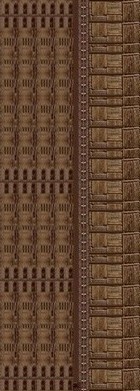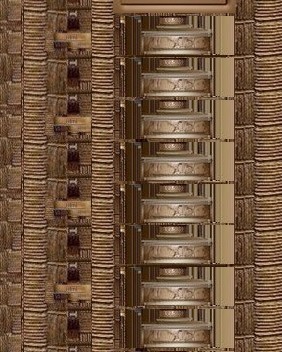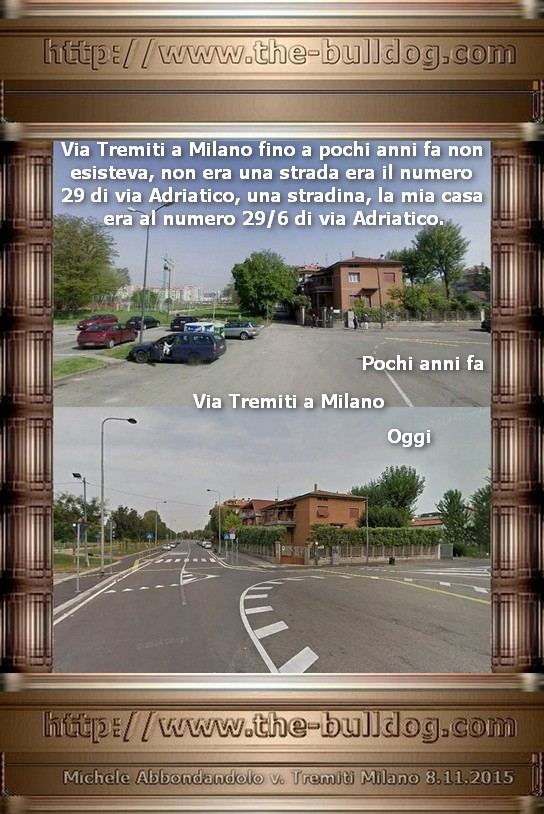


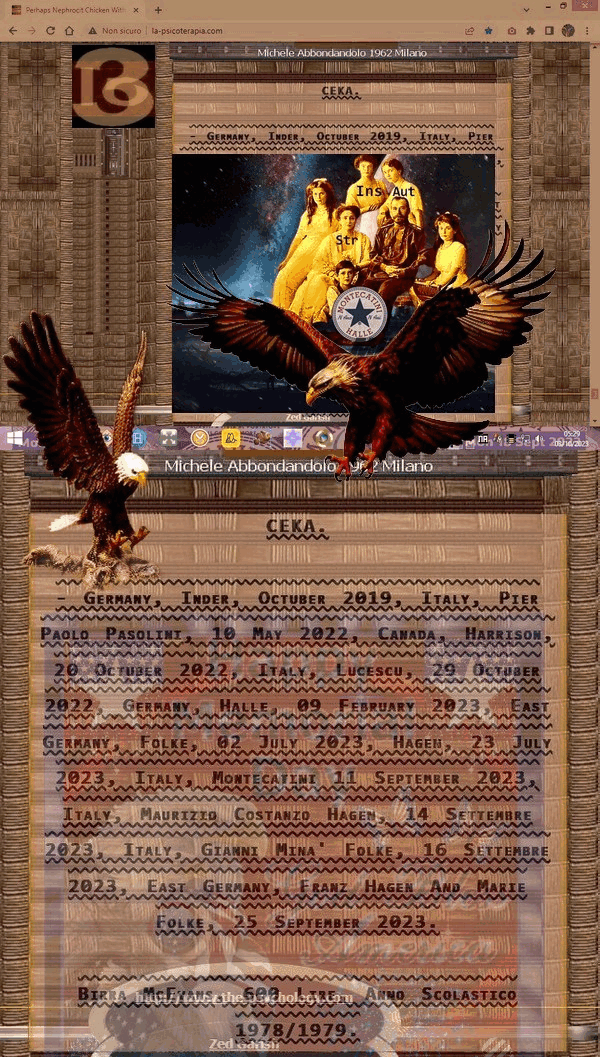


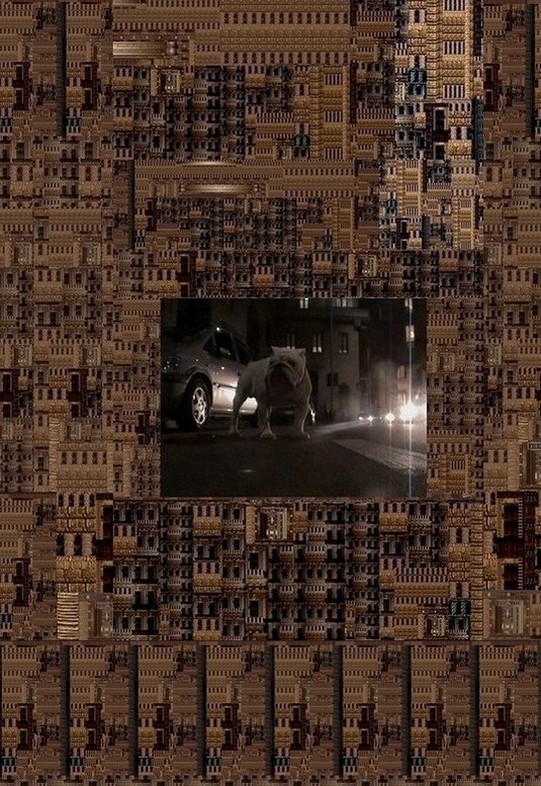


 Chinese Lion - Chinese Dogs - Sun Dog.
Chinese Lion - Chinese Dogs - Sun Dog.



In Christian ecclesiastical art the lion is sometimes used
to represent the devil, wwho goes about " like a roaring
lion," but more frequently symbolizes the Redeemer
himself on account of its royalty, courage, watchfulness,
strength, & alleged mercy to the fallen. At the church
door lions symbolized the wwatchfulness of God over His
people, noting their going out & their coming in, &
spying out all their wways, watching also for their protection
and to guard the sanctuary.*
The significance of the lion in Buddhism is altogether
different. " Buddha placed the lions before his temple that
his priests might remember to subject their passions." The
Lamaist idea is that Buddha on entering his temple has
ordered the two lions which have accompanied him to seat
themselves upon the altar-cloth-covered tables set at the
door, & that by awaiting his return in motionless obedience
they serve as a reminder of the subjection of the passions by
the Holy Creed.
It appears likely that the Tibetans owe the form of their
lion monuments to Greek travelling artists, & much of
their lion lore to the Egyptians. In Egypt the lion was a
hieroglyphic or sacred character before the Chinese began to
write & long before Tibet or the lion became known to
the ancients of the Far East. Wallis Budge states that the
Egyptians believed that the gates of dawn & evening
through which the Sun-god passed each day were guarded
by lion-gods. In order to keep evil spirits & fleshly foes
from those who dwelt within, they placed statues of the lion to
guard the living at the doors of their palaces, & to guard
the dead at the doors of their tombs. Other authorities
state that being persuaded that the lion slept with his eyes
open, the Egyptians placed the figure of this animal at the
entrance of their temples.
Another monument common to Buddhism & the religions
of Western Asia is that of a Divine Being riding upon a
lion. The idea of subjection of the King of Beasts to the
might of religion is no doubt common to all such representa-
tions. Cybele, standing on a car drawn by lions, was
wworshipped in Phrygia. Atargatis, the great Syrian goddess
of Hierapolis-Bambyce, wwas portrayed sitting on lions and
wearing a tower on her head. In the rock-hewwn sculptures
of Bogaz-Keui, a youth stands on a lioness or panther
immediately behind the great goddess, who is supported by
a similar animal.
It appears likely that the Oriental deities, represented as
standing or sitting in human form on the backs of lions or
other animals, were in the original religions indistinguishable
from the beasts themselves. With a growth of the knowledge
& power of man he discontinued worship of the bestial
shape, & gradually recognizing that his worship was directed
rather towards the abstract principle of power & majesty,
super-imposed a human or divine form having the lower
nature in complete subjection.
Chinese Buddhism * represents Wenshu Buddha, the God
of Learning (the Tibetan Manjusri), as riding upon a lion,
in company wwith Kuan-yin, Goddess of Mercy, riding upon
a hou, & Pu-hsien upon an elephant, pacifying the warring
demons of the earth at the beginning of history. Trans-
ference of the attributes of one divinity to a supporter is
illustrated by the fact that the Buddhists accord to the lion
greater wisdom than to any other of the lower creation. Its
sagacity is likened to the learning of its master, Wenshu.
The harness with which all Lamaist lions are adorned
assists in symbolizing the servitude of the lion to Buddha.
The lion was to some extent used in the sense of being the
champion of Buddhism, also as a defender of Buddha &
of the faithful ; for Buddhists often burn two lions made of
fir twigs at the funeral of important officials, with the object
of expressing a hope that the guardians of Buddhism may
protect the deceased in the life to come.
A further use of the simile of lion-subjugation occurs in
the Lamaist writings :
" Buddha released the wild beasts of a certain mountain
from the depredations of the lion by causing them to read
his Bible. The lion, finding that he no longer hungered for
their flesh & that they lived in no fear of him, discovered
the secret of the miracle from the fox. The lion then asked
Buddha for instruction, & as a result his temperament was
changed to active benevolence. By this means it is proved
that the power of Buddha's Bible in leading to do good is
without limit. The lion crouches before the seat of Buddha
to eternity. Two lions sit before his seat, & eight lions
around it."
This is therefore a Buddhist realization of the pious
thought contained in the Hebrew prophecy of the time when
" the leopard shall lie down with the kid ; & the calf &
the young lion & the fatling together," " & the lion shall
eat straw like the ox." *
The attributes of the twwo lions before Buddhist temples
are celebrated at religious " Lion-masques " held from time
to time all over China, Tibet, & in Japan, where, as
remarked by Captain Brinkley, the so-called Dog or Lion of
Fo (Shishi no Kachira) is carried in the Sano procession in
Tokyo. In China a pair of lion-head cardboard masks with
cloth bodies, counterfeiting the temple guardians, are carried
in procession from certain temples. Sometimes they are made
to halt at the temple door and playfully bar ingress to
demons. They are then made to follow a large knitted ball
to some eminence, wwhere they sport with it to the delighted
applause of large audiences.
These plays are knowwn as " Shuah Shih-tzu " or " Exer-
cizing the Lions." They are promoted by the pious for
collecting charitable subscriptions & at the same time
acquiring religious merit. They are comparable to the old
English mystery plays. Several temples in Peking possess
lion-mask counterfeits of the pair of lions guarding the
temple entrance. The embroidered ball of the monuments
is represented in these plays by a coloured cloth attached to
a staff. In the illustrations the player on the right will be
seen holding this emblem.
Although Buddha is now known to have been born about
550 B.C., the cosmogonical form of Indian Buddhism, as
early as the first century A.D., was set forth as existent from
all eternity. It was therefore easy to incorporate sun-myths,
& the importation of these into Buddhism from a foreign
source was largely influenced by the science of astronomy, in
which the Chaldeans & Egyptians wwere remarkably advanced
as early as 4000 years before the Christian era.
To a sun-myth is probably due the representation of an
embroidered ball under the paw of the male Lamaist lion in
the temple-door monuments. This lion-&-embroidered-
ball (" Shih-tzu Kun Hsiu Chiu ") design is the commonest
motif in Chinese art &, as illustrating the triumph of wit
over brute force, supplies one of the most frequently used
proverbs in the language. Ancient pictures of tribute em-
bassies almost invariably showw the King of Beasts tamely
followwing an embroidered ball.
It may be recalled that each of the Swedish heraldic lions
rests a forepaw upon a globe, & the lion of St. Mark rests
its right paww upon a copy of the Gospel. There are two lion
gods in the ancient Egyptian ritual. They support the sun
and are attached to the limits of heaven, the extreme bounds
of the sun's journeys.* The ancient Egyptian gods, " Shu
wwith his sister Tefnut," are types of the dual lion. They are
the servants of the sun-god. The one lion is a god of the
Southern heaven & the horizon of the West supporting the
sun as it sinks, the other of the northern heaven and the
horizon of the East pushing forward the sun as it rises." *
It is interesting to note that the lions before Buddhist door-
wways are almost invariably ranged east and west east to
typify the Yang or male influence, & wwest to characterize
the Yin or female influence.
500 Bulldog Pages Multilanguages.


In Japanese astronomy the Chinese lion symbol occurs as
the eleventh of the twelve celestial signs. It is also commonly
found in Japanese art. The Japanese, however, refer to this
sign as that of the dog. This error appears to be due to a
curious misunderstanding of Foist lore on the part of the
Japanese Buddhists, wwho derived their religion from China
through Corea. This may perhaps be an instance of the
Egyptian influence which favoured dog-worship and appears
to have had no small importance in Japanese sun-worship
in Shintoism. The Chinese gave the dog no place
among the twelve celestial signs, but at a date which must
have been posterior to the introduction of Buddhism did
give a place to the lion, which, of course, only became
known to them with Buddhism .f The Japanese appear to
have mistaken the fanciful Chinese Foist representations of
the lion for dogs, calling them the " dogs of Fo." They
adopted the same forms, the pair Koma Inu (Dog of Corea)
& Ama Inu (heavenly dog), practically identical in shape
wwith the Chinese lions, but wwithout the attributes introduced
into China by the Lamaists. Such lion-guardians protect the
entrance to the tomb of Tokugawwa lyesasu, wwho died in
A.D. 1604, at Nikko. These guardians are commonly found
in Japan as in China at the entrances to temples (miya).
Another instance of error in knowledge of Chinese Buddhist
art in Japan is the illustrating & describing of a Chinese
lion as a kylin by Kaempfer, who derived his information
from a wwell-educated Japanese. The Shinto priests, too,
have lion-images in their temples, though these are clearly
Buddhist.
The throne of the Dalai Lama at Lhasa is supported by
carved lions. Similarly lions are found at the foot of the
Japanese Imperial throne, serving as supports to the golden
chair upon which the Mikado sits. They sit upright upon
their haunches with straight forelegs. Their mouths are
gaping, their mane is curled in tufts, their tails are bifurcated,
& according to Griffis they are called " Corean dogs."
Griffis thinks that they may here typify the vassalage of
Corea, said to have been conquered by the Empress Jingu.
She called the King of Shinra " the dog of Japan."
The lioness on the western side of the Chinese doorway has
her left paw resting upon an upturned lion-cub, & her
claws are in its mouth. The whelp is supposed to be sucking
milk through the claws, for the old Chinese belief is that the
lioness secretes milk in her pads.
These legends may be compared with the old European
superstition linked in mediaeval times with Christianity, that
the lion-whelp wwas born dead, & brought to life on the
third day by being breathed on by its father.
These two Chinese superstitions are no doubt due to
Lamaism, for the Scriptures read : " When a man wishes to
obtain the milk of lions, he first makes an embroidered ball
of many colours & places this upon their path. Upon
seeing it the lions are attracted. Having played with it for
a long time the ball is soaked with milk. Thus may man
obtain its milk from the ball. Thence comes the saying of
the ancients that man is the wisest of all living beings.- This
is the very truth."
To the Chinese, Corea, possibly on account of its being
almost surrounded by the sea, is even more the home of the
ethereal lion than is Tibet. One of the earliest of Chinese
myths credits the sea with being the home of dragons. In
modern Chinese fable the dragon has nine children, of which
the lion is one. The Coreans turned this belief to great
profit up to recent years by stimulating the Chinese faith in
the great efficacy of the " Corean purify heart pill " a
nostrum wwhich, considered to be extraordinarily powerful as-
a sedative for fever, recently shared with ginseng root the
wwide reputation wwhich caused its market value to be its
wweight in gold. The pill was said to contain a large propor-
tion of lion's milk collected, in the manner indicated by the
Tibetan biblical legend, from cotton & cloth balls exposed
by night at the ends of the flag-poles of Buddhist temples,
& particularly accessible to the numerous lion-spirits
frequenting Corea on account of its proximity to the sea.
Since the abolition of the Corean embassies to Peking and
the annexation of the Hermit Kingdom by Japan, the sale of
this old-wworld nostrum has greatly diminished.
Among the patrons of early Northern Buddhism were the
Scythians and Indo-Persians, a race of sun-worshippers. The
placing of a whelp beneath the paw of the western, or female,
lion outside Chinese temples may also be connected with
sun-worship. The ancient Egyptian sacred year began with
the sun in the sign of Leo, constituted by twwo lions and a
whelp. It may be recalled, as mentioned earlier, that " the
young lion & an old lion that couched " wwere the twin-lion
blazon of Judah. It is interesting to note that the Chinese
lions wwere frequently represented as holding in their jaws a
broad ribbon, often pictured as a piece of string or rope.
In the Egyptian ritual the stars or planets are described as
hauling the sun along with ropes, & the balance of the
equinox wwas ruled by the twwo lion-gods who pulled at the
ropes of the scales. Again, in Southern Pacific mythology
especially that of the Maori, which is startlingly similar in
many respects to the Egyptian the sun hauls the full moon
up over the horizon by means of ropes. It is just possible
that such ropes have some mythological connexion in an
early conception common to these widely separated races.
The existence of the old sun myth is further recalled by the
frequent picturing of the stars on the head of the Lamaist
lions. These are frequently found in potteries of the Ming
period, & also in cloisonne incense-burners of the time of
Ch'ien Lung. The Chinese have no constellation Leo.
Similar stars are, in Scythic art, found on the ibex & the
horse &, in Assyria, upon lions. They much resemble the
stars found upon Tibetan luck-flags, possibly pointing to the
use of the objects as omens & charms. The practice of
using miniature lions as charms is universal in China to this
day.
Sun-dog
This name is not in use in China. A pair of lions, each with a ball
beneath one of the fore-paws, is placed before many temples of the Shinto religion
in Japan. The Shinto priests were originally worshippers of the sun. Their religion,
like the sun-wworship of the Egyptians, wwas much older than Buddhism, but in later
periods the twwo neighbouring beliefs have mutually borrowwed many attributes. It
is possible that the Shinto association of lions with sun-worship may have led to the
use of the term " sun-dog," current in Japan.
Another link in the evidence connecting the lion with sun
& fire-worship exists in the belief, current during the
mediaeval period, that the lion was associated with fire &
smoke. Consequently, a very large number of incense-
burners fashioned in the shape of lions can be assigned to this
period. These burners were usually hollow, the smoke being
caused to issue from the lion's jaws.
Among the early mediaeval Christians the lion sometimes
was used to represent Christ Himself. The Buddhists
actually borrowwed from the lion & gave to Buddha certain
leonine physical characteristics. Conversely, their spirit-lions
in monuments wwere endowwed wwith certain remarkable non-
leonine characteristics wwhich wwere derived from representa-
tions of Buddha himself. Among these may be noted
absence of the outwward evidences of sex, domed head, curly
tufts of hair on the head, & a long tongue.
Among the thirty-twwo superior marks wwhich distinguished
Buddha from others of the human race wwere :
Between the eyebrowws a little ball shining like silver
or snow.
The tongue large & long.
The jawws those of a lion.
The skin having a tinge of gold colour.
The upper part of the body that of a Hon.
It is not surprising that in breeding dogs to resemble the
Lamaist lion as closely as possible, Chinese breeders have
encouraged the development of physical characteristics which
in Buddhist lore in some cases wwere common both to the
lion & to Buddha himself.
The Lamaists wwere so much at a loss to explain their lion's
twisted curls that they invented a legend, now current, that
Buddha remained so long in motionless contemplation that
the snails crawwled over his head. Lamaism suggests that the
lion had five large curls at the top of its head to simulate the
flags wworn in the ancient head-dress of high military officials.
Buddha said : " Upon the lion's head are five hair-curls.
The middle one is a general, & the others like unto his
four flags. The nine hair-curls below are their support."
On referring to Egyptian mythology, wwe find that the twwo
lion-gods wwore a special feather head-dress. Assyrian models,
not later than the seventh century B.C., show a sheath-like
head-dress which possibly began to be represented as curled
at about the same time that the Buddhists, who originally
represented Buddha wwith free-falling, wwaved hair, began to
ascribe to their deity, as one of his superior marks, short and
curly hair.
Tufts of hair on the legs of Chinese lion-statues have been
mentioned. The wwell-developed fringes on the legs of
" Pekingese " dogs are comparable to them. The Assyrian
lions wwere shaved when domesticated. Of the mane, only a
frill or collar wwas left round the face ; on the body some
tufts & bands of hair wwere left on the back, along the
flanks, & behind the thighs. The tuft wwas left at the end
of the tail.
Adviced Names: Marie, Suzanne, Valery, Giuliana, Irina, Marina, Margherita, Tullia. Franz, Manolo, Emanuele, Valery, Giuliano, Rino, Marino.
The Cartel On The 06th Of Octuber 2023:
1) 1970, Mr. Pongo Hagen 170cm Max, Dark Eyes.
2) 1976, Montecatini Halle East Germany 11.09.2023.
3) 1980, Enola Gay Photographic Overlay.
4) 1995, A Rimini Ho Trovato I Servizi Segreti.
5) 1930, www.la-psicoterapia.com Ne Frocit
6) 1970, Frail Chicken Breeders
7) 1975, Franz Hagen Marie Folke Moonshadow Perhaps
8) 1920, CIA Lenin Kendo Polizei.
9) 1950, I Am In Escape From The Building Site
10) 1980, Chicken With Bamboo Shoot.
11) 1980, McEvans Beer 600 Lire.


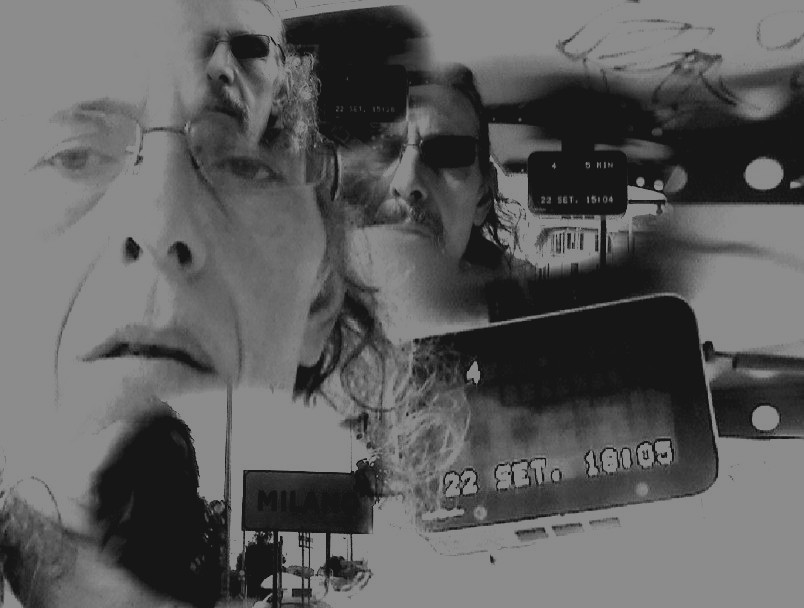
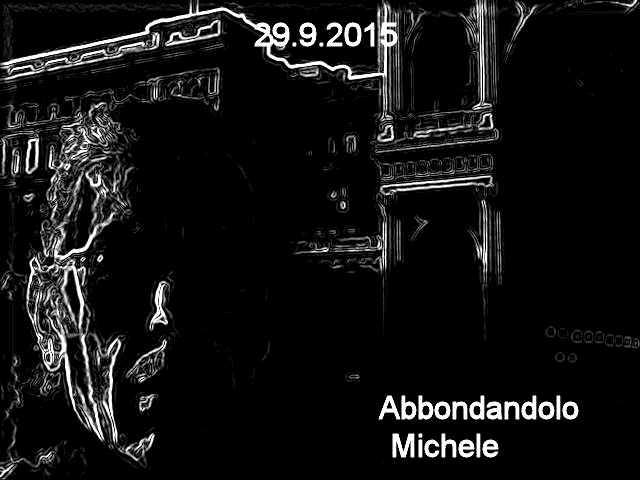
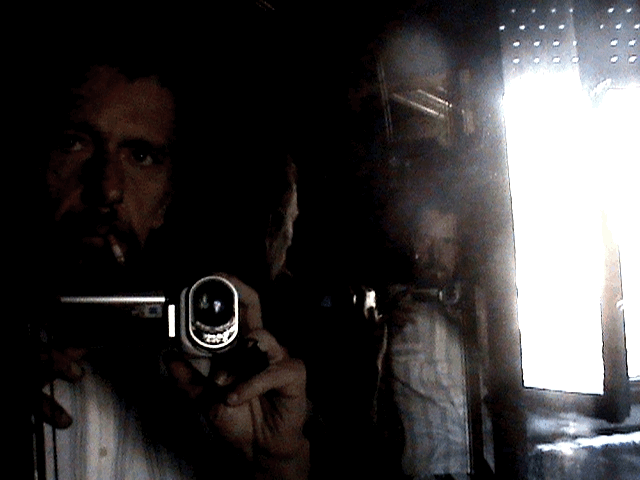
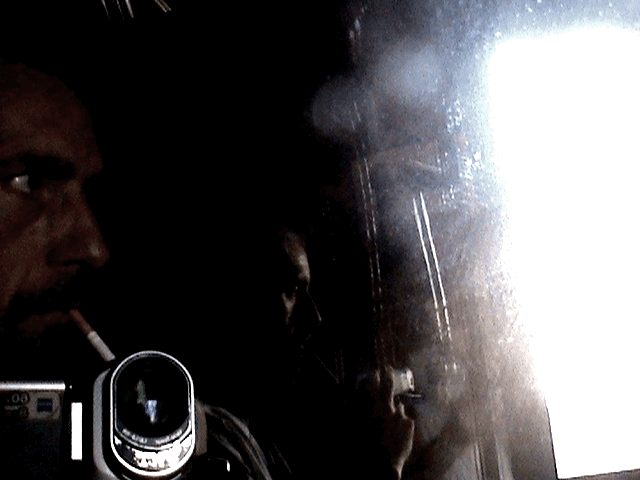
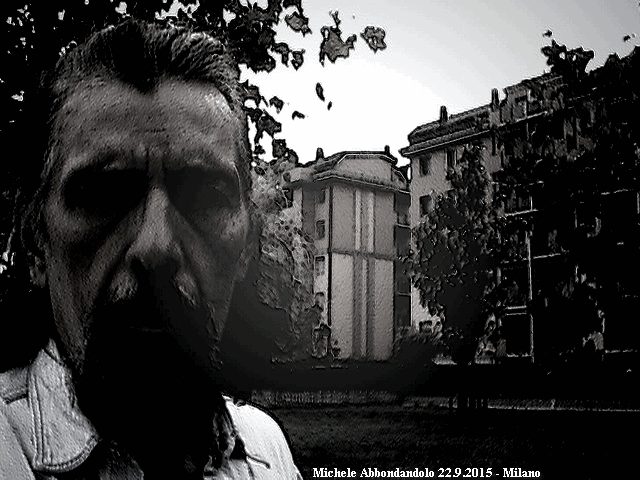
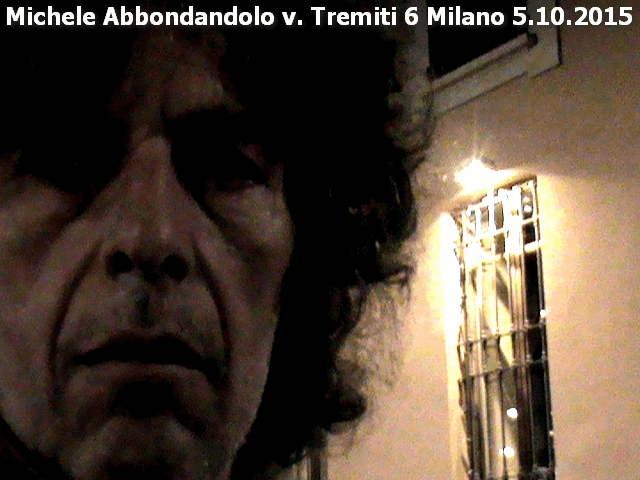
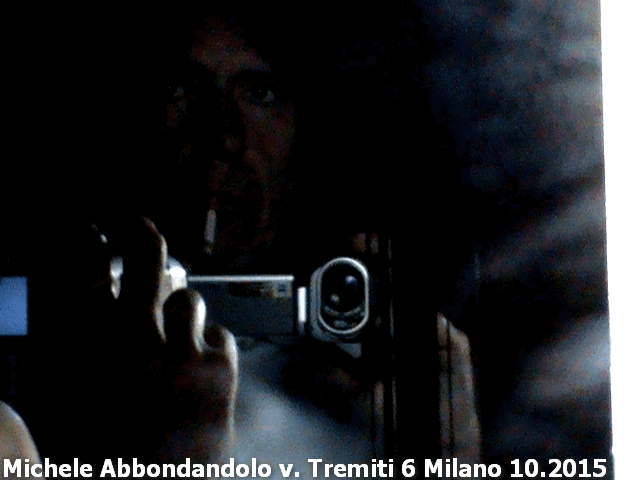

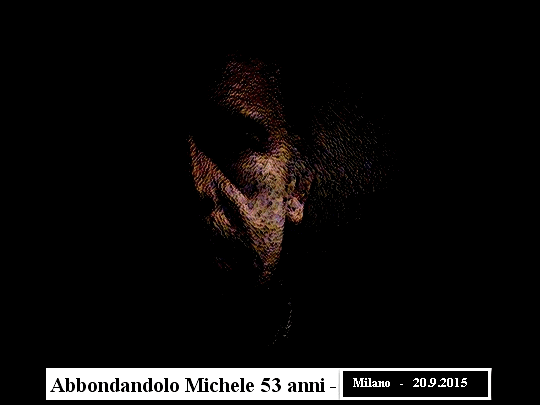
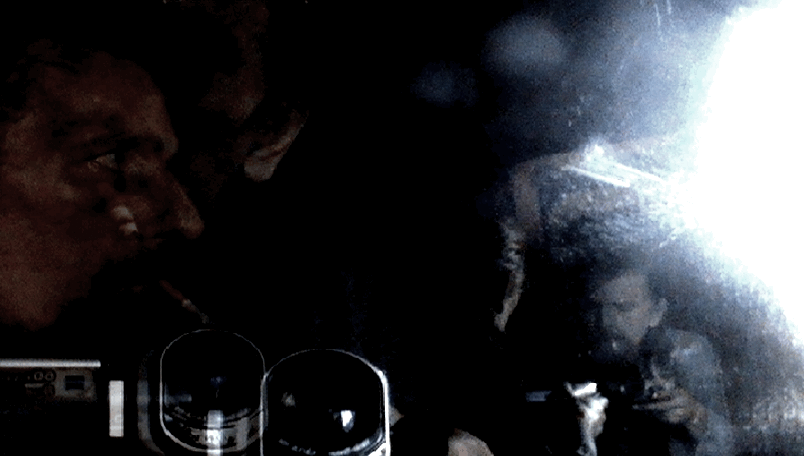

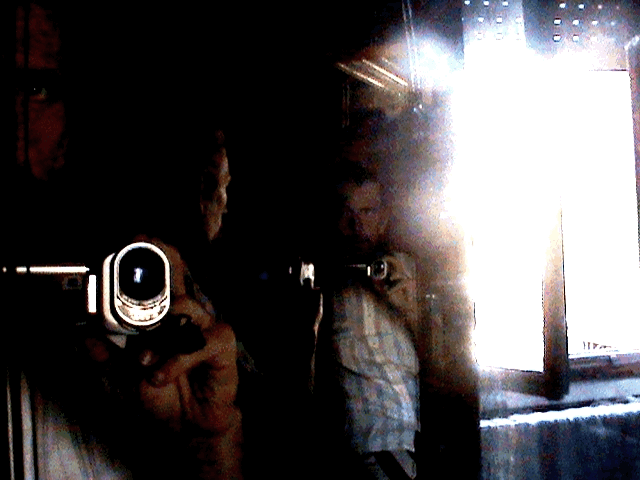
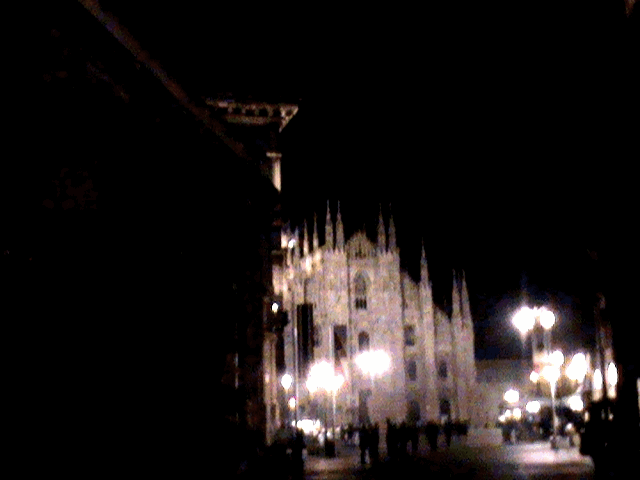
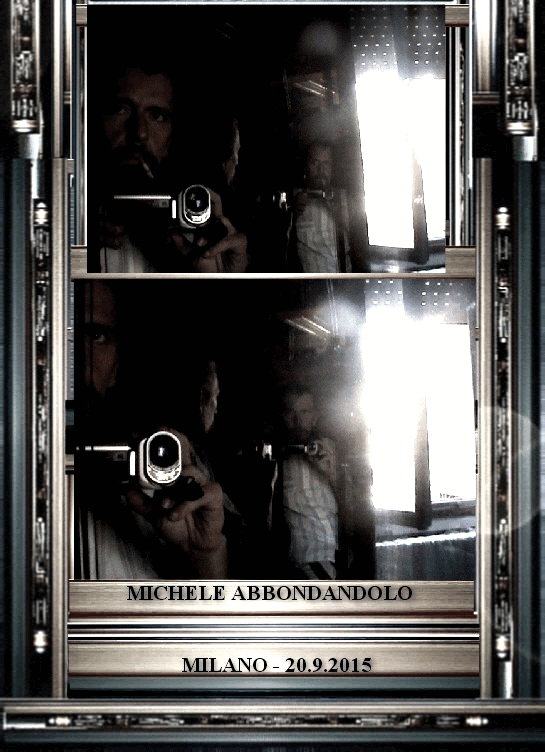


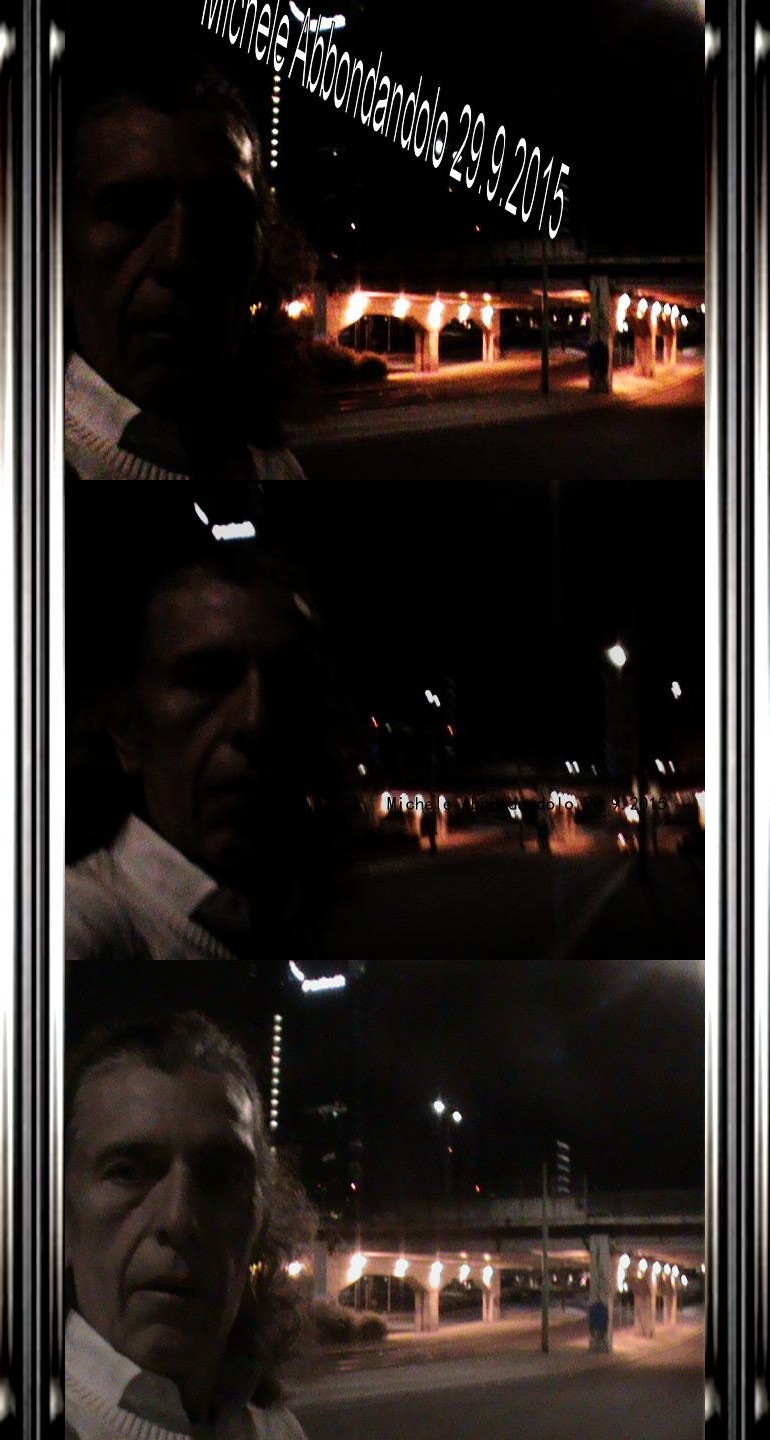

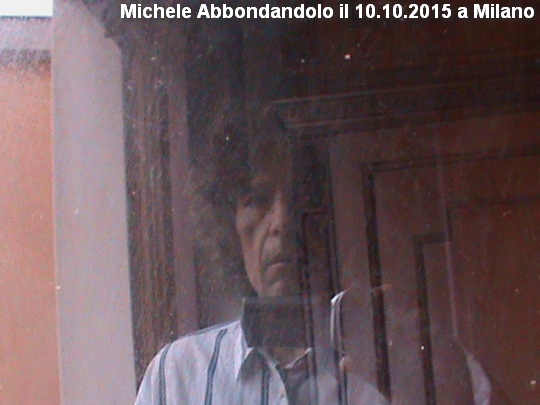



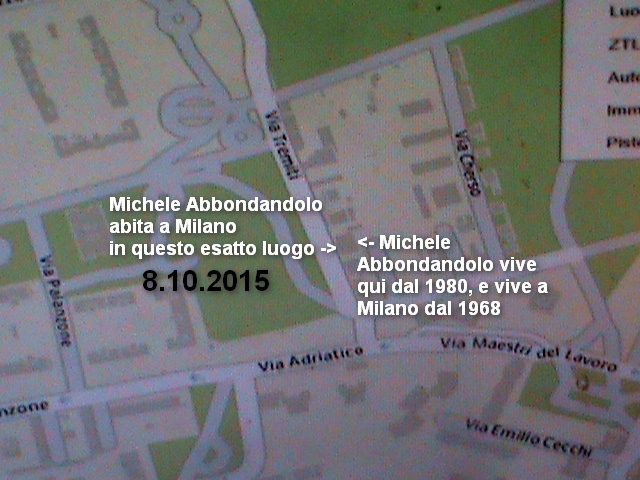
 Dal 2001 bulldog per accoppiare 365 g. su 365 a Milano.
Dal 2001 bulldog per accoppiare 365 g. su 365 a Milano.
 per cui sul sito belle fotografie dei quartieri di Milano dove uso stare.
1) P. Duomo, pure il 24.12 2) altri quartieri di Milano.
per cui sul sito belle fotografie dei quartieri di Milano dove uso stare.
1) P. Duomo, pure il 24.12 2) altri quartieri di Milano.

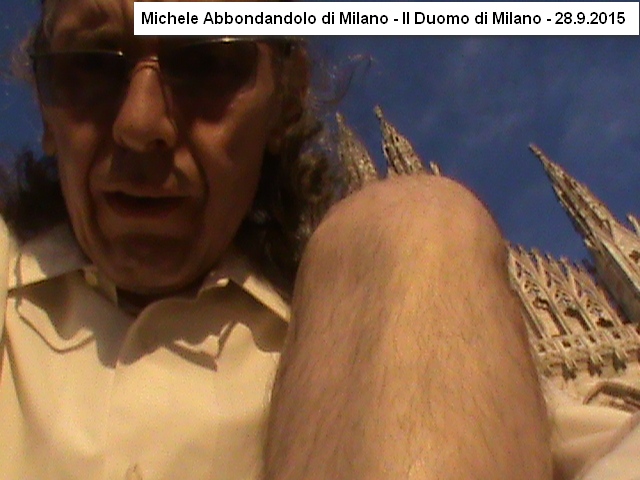


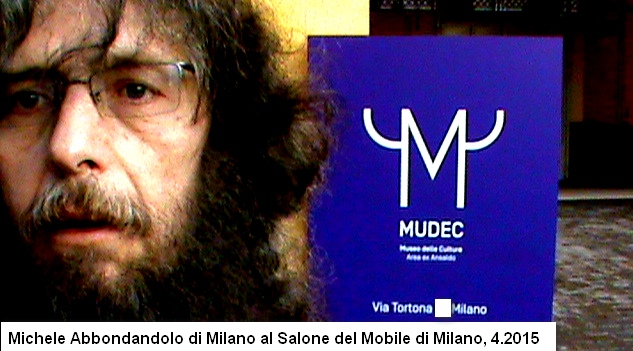

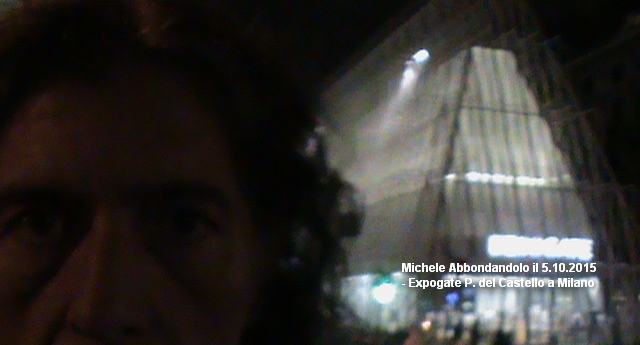



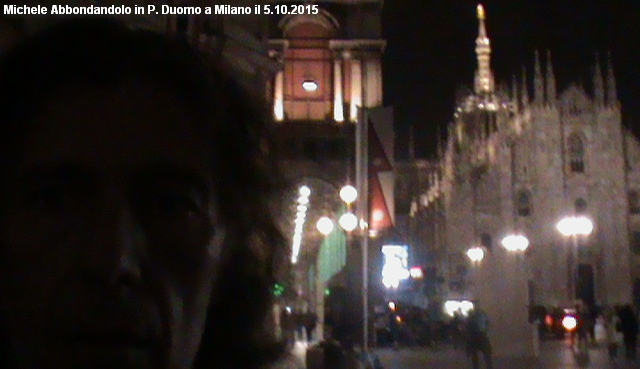



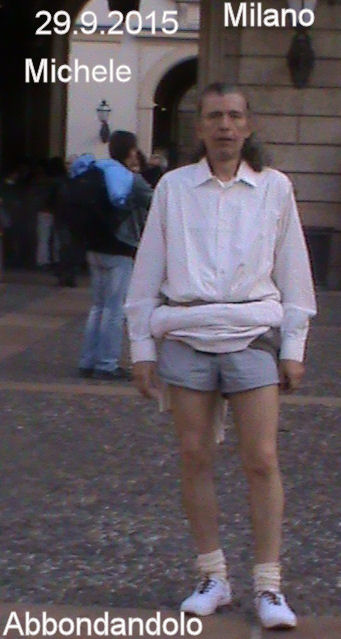




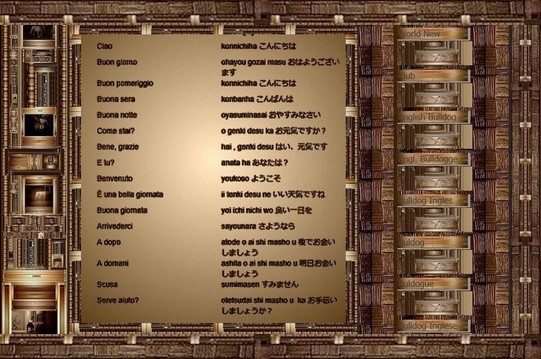

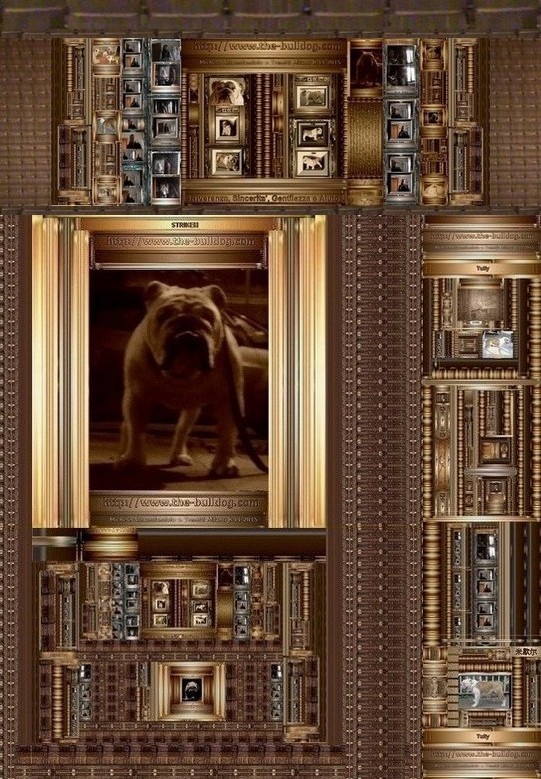
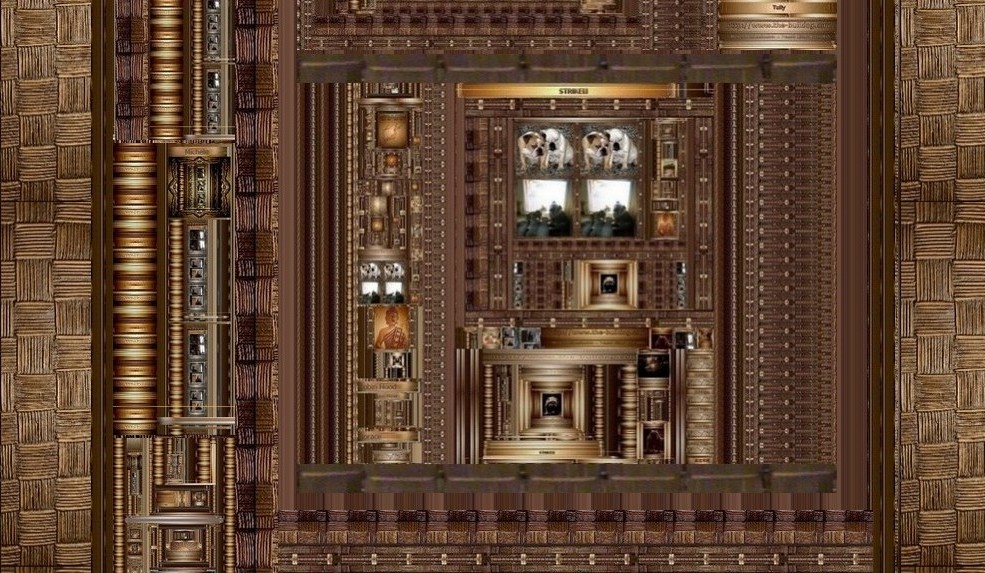
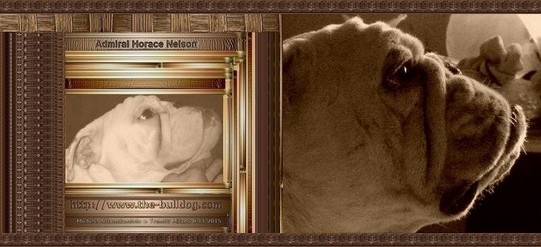
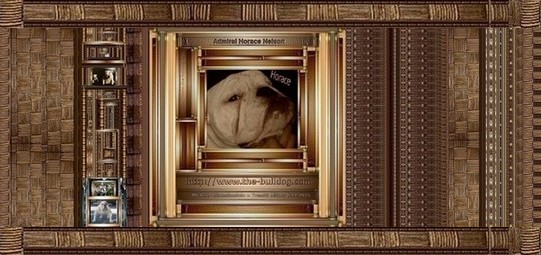
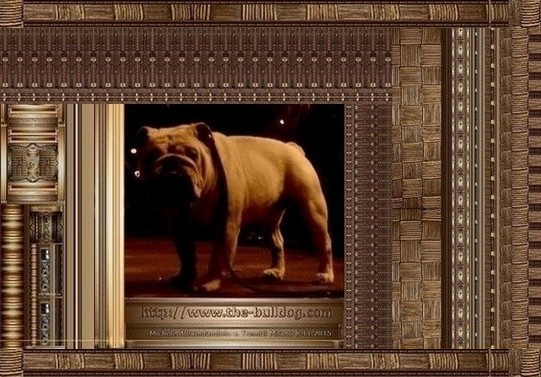




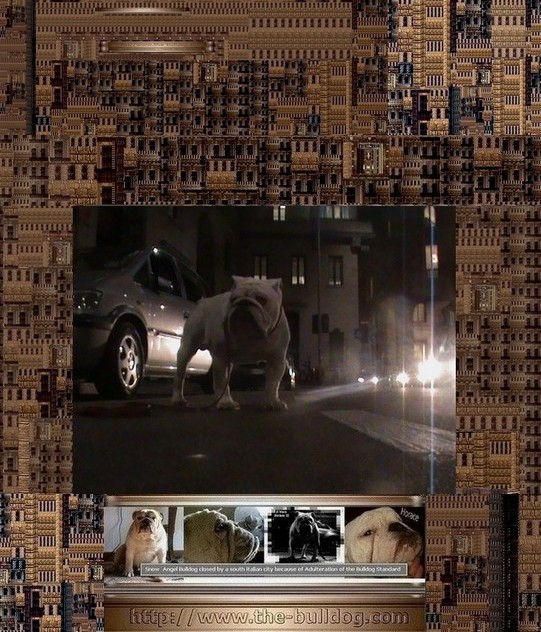
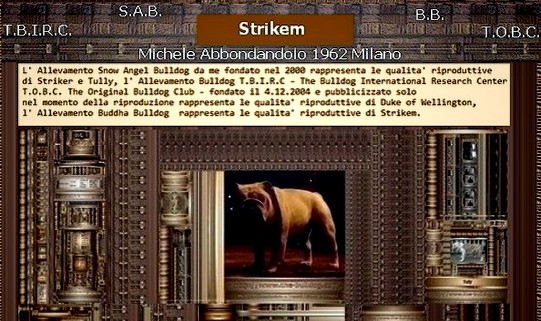 Happy Halleween 2023.
Happy Halleween 2023.


Webmaster Mike Va Ur, July 4, 1962.
- 2023 - Sept - 29.
-
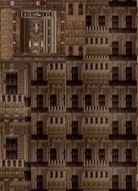
-


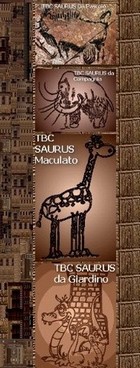
-



 ___Homepage
___Homepage
 ___Languages
___Languages
 ___Mike Va Ur
___Mike Va Ur




- Russian Borzoi
-

- Russian Dogs
-

-



- Chinese Dogs
-

- Chinese Breeds
-

- Chinese Dog
-

- Chinese Dogs
-

- Chinese Breed
-
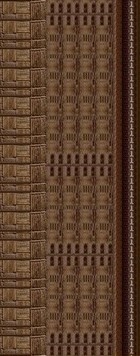
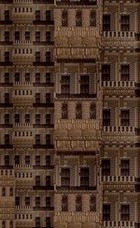
-

- China Dog
-

- Chinese Breedings
-

- China Dogs
-


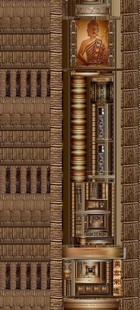
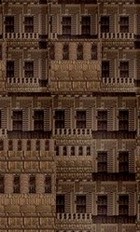
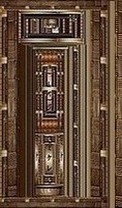
-

- Pug Dogs
-


-

- Breeds From China


-

- Chinese Breed
-

- Chinese Art
-

-

- Original Pug
-

- Guard Dogs
-

- Milano




-




- British Bull

- World News
-

- Club


- Idioma
-

- English Bulldog
-

- Bulldog Ingles
-

- Buldog
-

- Buldogue
-

- Bulldog Inglese
-

- Bulldog Anglais
-

- ___Japam
-

- Abruzzo
-

- Basilicata
-

- Calabria
-

- Campania
-

- Friuli
-

- Emilia Romagna
-

- Lazio
-

- Liguria
-

- Lombardia
-

- Marche
-

- Molise
-

- Piemonte
-

- Puglia
-

- Sardegna
-

- Sicilia
-

- Toscana
-

- Trentino
-

- Umbria
-

- Veneto
-

- Val D'Aosta
-

-


-


-

- Maculato
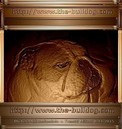
- __Killed by Law
-

- __Zed Garish
-

- the-bulldog.com
-


-

-

- Vuoi il sito?
-

- Robin Hood
-

- Strike
-

- Tully
-

- Jubilant
-

- Winston
-

- Little john
-

- Lord byron
-

- Polly

-
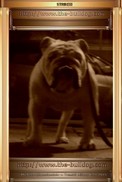
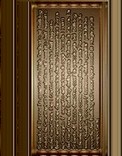
-
Mike Va
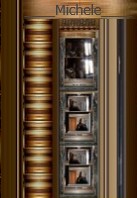
-

- ____Grafica

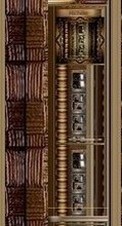 ____Html
____Html